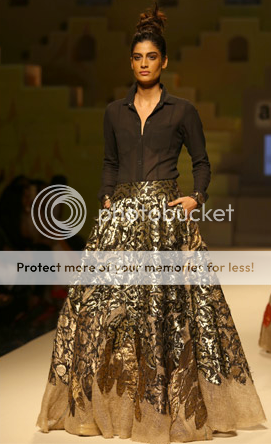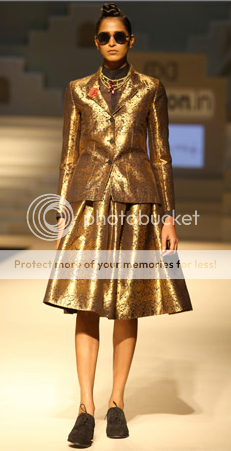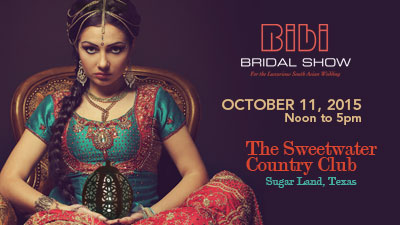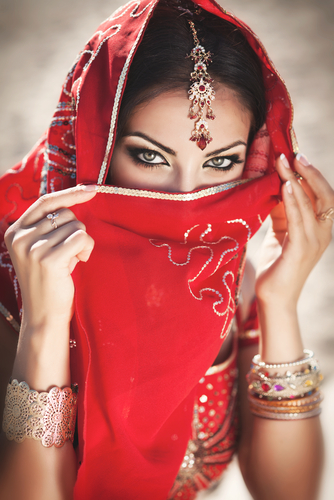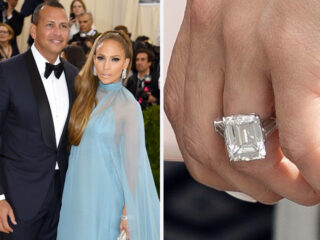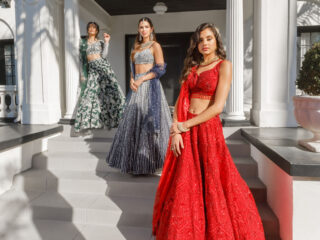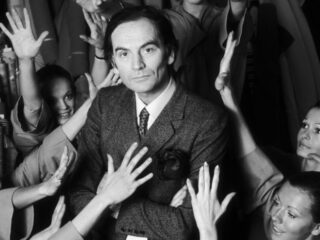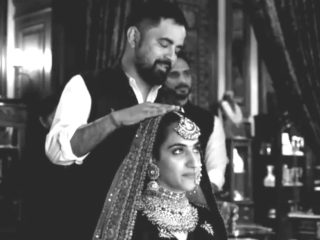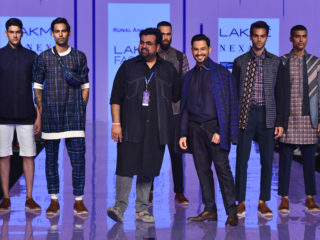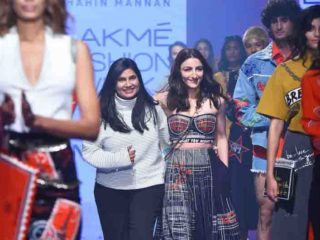The Fashion Design Council of India (FDCI) recently showcased Spring/Summer 2016 collections from 115 designers during its five days of shows, as part of Amazon India Fashion Week (AIFW), in association with Maybelline.
Formed in 1998, the FDCI is an independent, nonprofit organization based in New Delhi that works with Indian fashion designers to promote the business of fashion in India, as well as internationally.
This season, a new location was announced: the NSIC Exhibition Ground in southern Delhi’s Okhla district, in conjunction with e-commerce giant Amazon India stepping in as the primary sponsor, replacing brick-and-mortar fashion retailer Wills Lifestyle.

With a larger venue, an exhibition of the now deceased but well renowned fashion photographer Prabuddha Dasgupta was put on display. The self-taught photographer was notorious for pushing boundaries, with such work as his 1996 book titled “Women” (Viking Books), which displayed portraits and nudes of urban Indian women. He was also the recipient of many grants and awards, including the Yves Saint Laurent grant for photography in 1991.
Sanjay Garg of Raw Mango opened the show with the revival of mashru, a textile on the brink of extinction that combines silk (on the exterior side of the fabric) and cotton (on the interior side of the fabric) into a single material.
The grand finale of this season’s AIFW centered on the theme, “Born in Banaras,” bringing together 16 leading designers (Abhishek Gupta, Abraham & Thakore, Alpana Neeraj, Anupama Dayal, Arjun Saluja, Ashish N Soni, Atsu, Gauri and Nainika, JJ Valaya, Malini Ramani, Manish Arora, Namrata Joshipura, Rajesh Pratap Singh, Rohit Gandhi, Rahul Khanna, Sabyasachi Mukherjee, and Tarun Tahiliani) to support and bring awareness to traditional Indian textiles, such as the ancient Banarasi weaves from Varanasi, as part of Prime Minister Narendra Modi’s “Make in India” campaign (a new program, launched last September, designed to transform India into a global manufacturing hub).
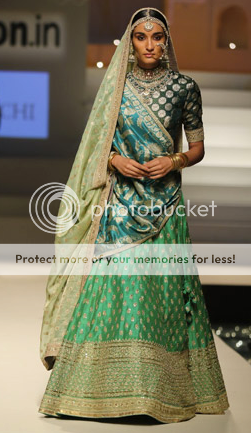
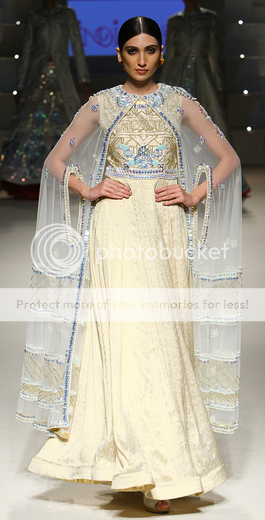
As pointed out by fashion designer, Ritu Kumar: “Handlooms are largely used in India on highly glamorized occasions, such as weddings, both for grooms and brides. It also has a significant place in Indian formal wear, [but] there is definitely a need to also design the fabrics in a way that can fit into ready-to-wear… the absence of Banaras brocades internationally is due to the fact that they do not have the correct image or exposure.” The Indian fashion industry and government have been working together to revive the handloom industry and generate employment for expert handloom and embroidery artisans who have migrated to cities like Bengaluru, Surat, Hyderabad, Kolkata, and Delhi, or shifted to unskilled work.
Apart from the shift toward traditional Indian textiles, focusing more on embroideries over embellishments, SS16 trends included: a focus on whites and creams; soft draping around the waist, thighs, and ankles; floral-and-mixed-pattern prints; sharper, more daring silhouettes, with more décolletage and unexpected sheers. Sari blouses were paired with longer jackets, which were embroidered, fully sleeved, and could easily transition to casual wear with denim or skirts.
According to Women’s Wear Daily (WWD), e-commerce has helped change the mindset of the modern Indian consumer with a focus on designer-driven shopping for the coming wedding season in India. Mayak Shivam, fashion category leader at Amazon India, even stated that “more than 50% of the shopping is done from smaller cities,” and that Amazon India newly launched a “Crafted in India” store with more than 3,500 items, including apparel and accessories, to highlight traditional Indian textiles in a contemporary format.
